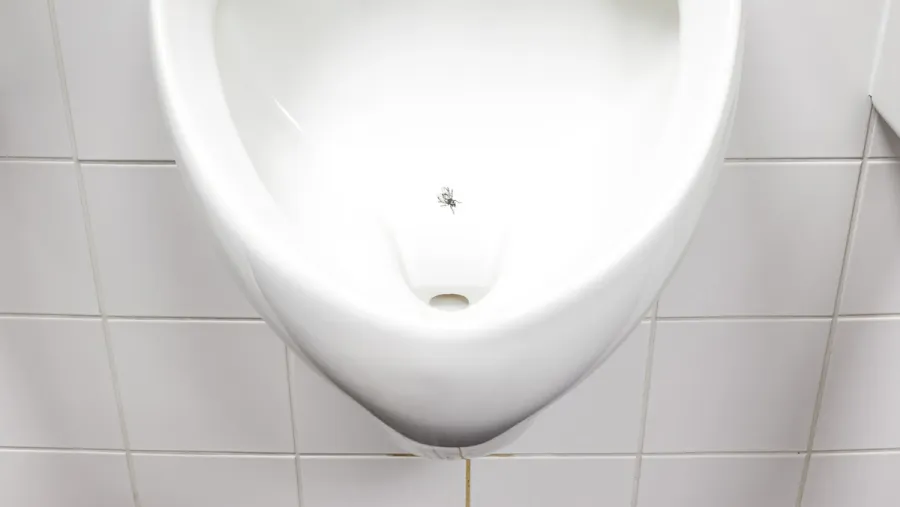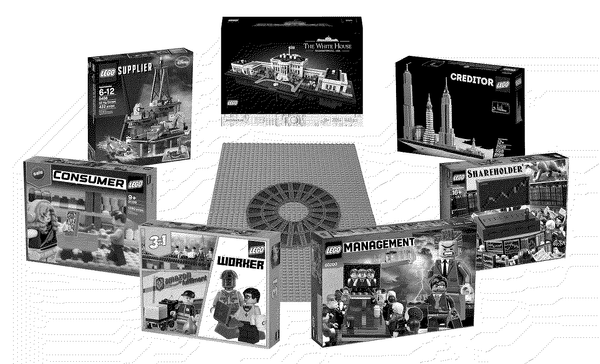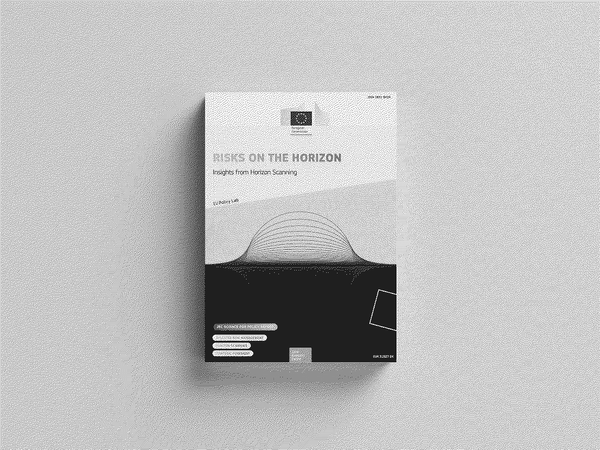Design for Sustainable Behavior
Influencing users for good

In the quest for sustainability, much emphasis has been placed on developing technologies and materials that reduce environmental impact. However, a critical aspect often overlooked is human behavior and its interaction with these sustainable products.
Design for Sustainable Behavior (DfSB) focuses on influencing user behavior through thoughtful design to promote sustainability.
Understanding Design for Sustainable Behavior
Design for Sustainable Behavior is a discipline that seeks to minimize environmental impact by altering user behaviors through product design. The fundamental idea is that even the most sustainably designed product can generate negative environmental effects if used improperly. Thus, DfSB aims to encourage users to engage in more sustainable behaviors and discourage unsustainable ones through design interventions.
Key Characteristics of Design for Sustainable Behavior
- Behavior Change Strategies: DfSB employs various strategies to influence behavior. These include:
- Eco-Feedback: Providing users with real-time information about their environmental impact to encourage more sustainable actions.
- Scripting: Designing products that guide users to use them in environmentally friendly ways.
- Forced Functionality: Implementing features that prevent or limit unsustainable usage.
- User Analysis: Understanding user behavior is crucial. This involves studying how users interact with products and identifying motivations and barriers to sustainable behavior. User analysis helps designers tailor interventions to specific behaviors.
- Product and User Control: DfSB strategies can range from user-controlled to product-controlled. User-controlled strategies, such as providing information, allow users to make informed decisions. In contrast, product-controlled strategies, such as automated settings, enforce sustainable usage patterns without requiring user input.
- Multidimensional Impact: DfSB addresses various dimensions of sustainability:
- Environmental: Encouraging practices that reduce waste, energy consumption, and resource depletion.
- Social: Promoting healthier lifestyles and equitable access to resources.
- Built Environment: Designing spaces that facilitate sustainable living and working conditions.
- Holistic Approach: A successful DfSB strategy integrates multiple aspects of user interaction with products. This includes considering the physical, cognitive, and emotional responses of users to design interventions.
Practical Applications of DfSB
Implementing DfSB involves several steps, from analyzing user behavior to designing and testing interventions. Below are some practical applications:
- Energy-Saving Appliances: Products like smart thermostats and energy-efficient lighting systems provide users with feedback on their energy consumption and adjust settings automatically to save energy without sacrificing comfort.
- Sustainable Transportation: Public transportation systems can be designed to be more user-friendly and convenient, encouraging people to choose them over personal vehicles. Features like real-time updates and easy-to-navigate interfaces can significantly influence user behavior.
- Water Conservation: Designing faucets and showerheads with flow restrictors or sensors that limit water use can promote water conservation. Providing users with feedback on their water usage can further encourage mindful consumption.
- Waste Management: Products designed to facilitate recycling, such as bins with clear labels and compartments for different types of waste, can make it easier for users to dispose of their waste responsibly.
- Health and Wellness: Wearable devices that monitor physical activity and provide feedback can encourage healthier lifestyles. These devices often use persuasive technology to motivate users to meet their fitness goals.
Conclusion
Design for Sustainable Behavior is a vital tool in the arsenal of sustainability strategies. By influencing user behavior through thoughtful product design, DfSB can significantly reduce environmental impact and promote more sustainable lifestyles. As designers continue to develop innovative solutions, the integration of DfSB principles will play a crucial role in shaping a more sustainable future.
Implementing DfSB requires a deep understanding of user behavior and a commitment to creating products that not only serve their primary function but also guide users towards more sustainable actions. As awareness and research in this field grow, DfSB has the potential to transform how we interact with products and the environment, leading to more sustainable and responsible consumption patterns.




